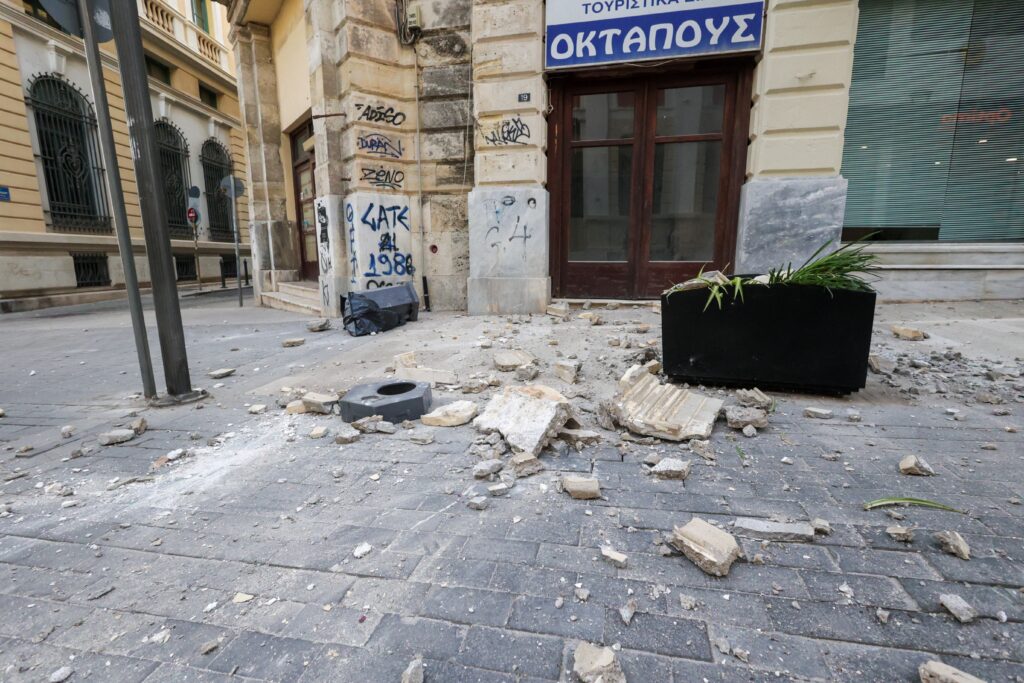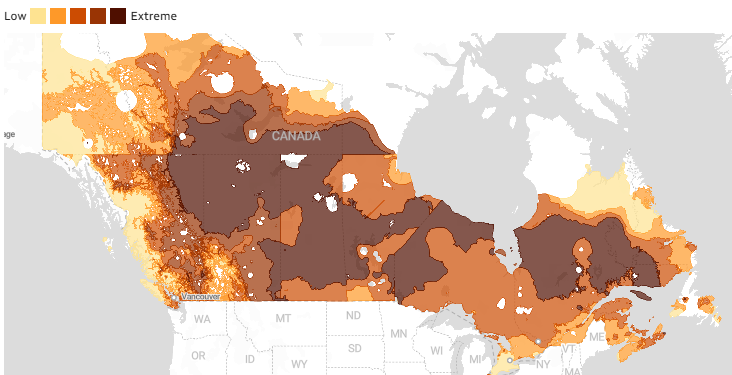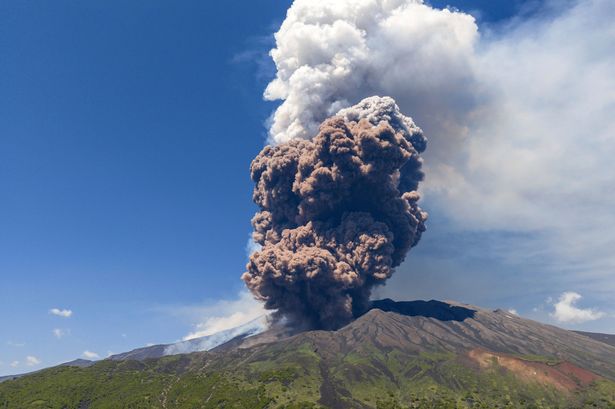
Introduction
On October 14, 2023, the island of Crete, Greece, experienced a significant earthquake, prompting a tsunami warning from local authorities. This natural disaster is a reminder of the seismic activity prevalent in this region, known for its picturesque landscapes but also for its geological instability. Understanding the implications of such events is crucial for both residents and tourists, especially in coastal areas vulnerable to tsunamis.
Main Events
The earthquake struck at approximately 10:24 AM local time, registering a magnitude of 6.2 on the Richter scale. The epicenter was located near the southern coast of Crete, about 40 kilometers west of the city of Heraklion. Initial reports indicated that the quake was felt across large parts of the island and even in neighboring countries like Turkey and Egypt.
In response to the earthquake, the Hellenic National Meteorological Service quickly issued a tsunami warning, advising those living in coastal regions to move to higher ground and stay alert for further updates. Coastal dwellers were instructed to avoid the beach areas while authorities performed assessments of the situation.
Fortunately, the tsunami warning was lifted after a few hours, as no significant waves were detected. However, the initial fright led to evacuations and brought attention to the need for safety preparedness in the region. Seismologists estimated the likelihood of aftershocks, advising residents to remain cautious in the following days.
Safety Measures and Preparedness
In light of recent events, experts emphasize the importance of being prepared for earthquakes and potential tsunamis. Authorities have advised individuals to familiarize themselves with safety protocols, including designated evacuation routes and emergency contact numbers. Educational programs aimed at increasing public awareness of these natural disasters are also seen as vital.
Local governments are considering further investments in infrastructure that can withstand seismic activity and improve disaster response capabilities. Collaborative efforts with international experts highlight the ongoing need for research and development of more effective warning systems.
Conclusion
This recent earthquake in Crete serves as a critical reminder of the region’s vulnerability to seismic activities and the associated risks of tsunamis. While the threat was thankfully minimized this time, the event has sparked discussions on disaster preparedness and community education on natural hazards. As residents and visitors to Crete reflect on this experience, the need for ongoing vigilance and preparedness is clear, emphasizing that nature’s unpredictability requires respect and readiness.




